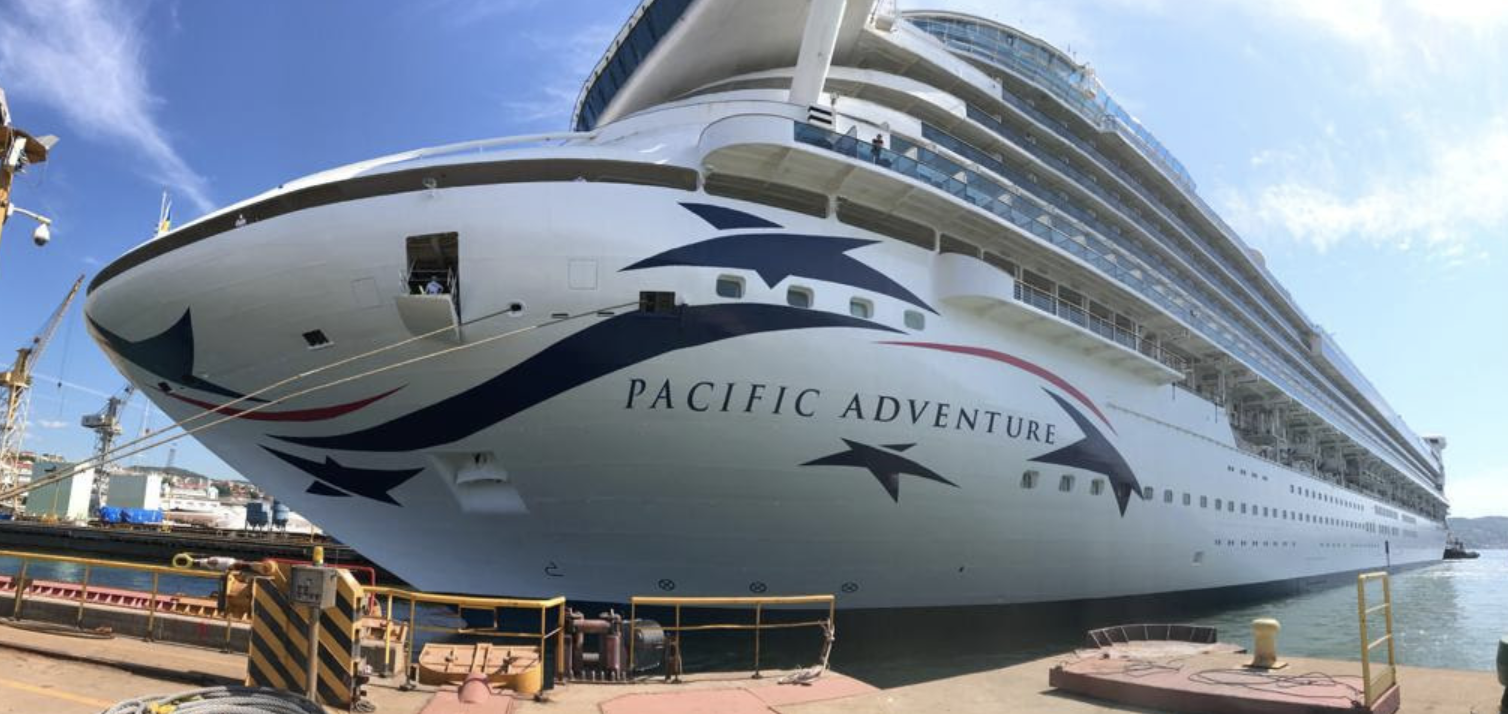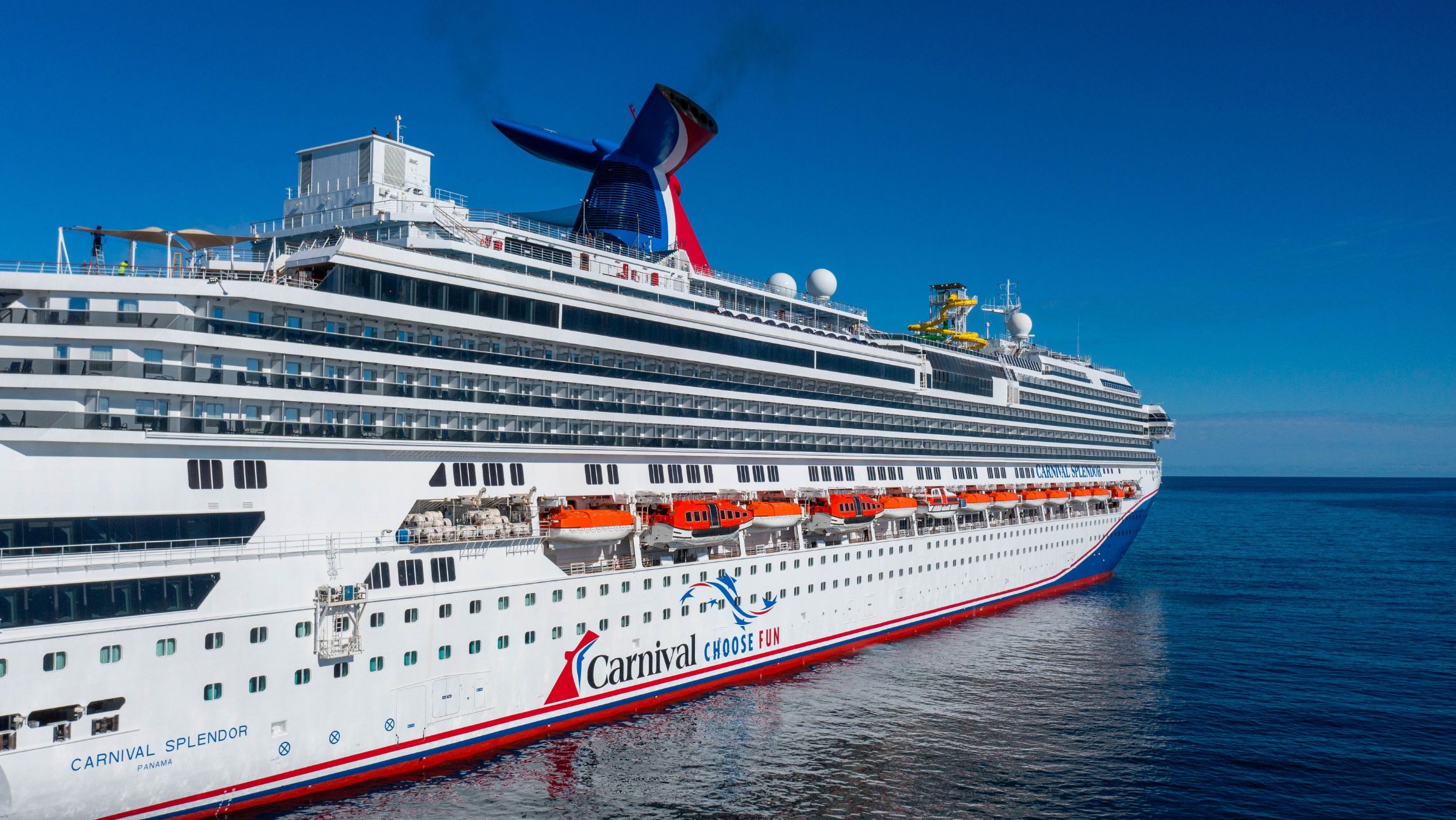A survey released this week found eight out of ten cruisers still think Medicare covers them anywhere – and they are especially confused when on a domestic cruise.
The Compare Travel Insurance poll found 82 per cent of Australians are unsure about whether Medicare covers them on a domestic cruise.
Yet nearly half go on a cruise holidays without travel insurance, according to Smartraveller research.
Medicare coverage is only restricted to around 20 kms from Australian ports. This means that once you are out on the water, you are on your own, according to Natalie Ball, director of Comparetravelinsurance.com.au.
And while many think being on a ship means they are safe, infirmary bills can wrack up to $5,000 a day, and evacuation costs can be $10,000 – $20,000 in Australian waters and $50,000 overseas.
So what does travel insurance cover?
* If you missed your scheduled departure of your cruise because your taxi broke down and you missed the connecting flight, your travel insurance will cover you so you can get on at the next port and enjoy your holiday.
* If your luggage is sent to Melbourne – thanks to the airline – and you are standing at Sydney’s Overseas Cruise Terminal without any luggage, your policy will reimburse you for “necessary personal effects” such as a new outfit and toiletries to tide you over until your luggage is delivered. But if your luggage is lost, you can claim for the lost piece of luggage and everything that is inside it.
* If you miss your cruise due to natural disaster or bad weather, your travel insurance will cover additional accommodation and travel expenses to get you to the nearest port.
* If you get sick or injured on your cruise and are forced to cancel your pre-paid travel plans, the insurance will cover any cancellation fees or deposits.
* If you get sick on your cruise and are confined to your cabin, your insurance will cover you.
* If you have to be evacuated because of medical reasons like a heart attack or stroke, your travel insurance will provide cover for hospital, medical and surgical expenses. This includes medical repatriation or emergency evacuation.
“But be warned hospital stays aren’t cheap, particularly in the US. Hospital fees in the US can easily cost up to $10,000a day. Claims can be as much as $500,000 where head injuries are involved. Whether you’ve eaten a dodgy prawn or suffered serious injuries from a scooter accident, travel insurance will cover your overseas medical expenses incurred,” said a spokesperson for Comparetravelinsurance.com.au.
* If you have an accident, become ill or in the worst case scenario die, you’ll want emergency and repatriation to get you back home to Australia.
“In addition to covering the cost, travel insurance provides peace of mind for you and your family with the knowledge that you’ll be safely returned home. If you have a broken leg this may involved an upgrade to business class to keep your leg up or for some serious injuries, it could involve a medivac or a nurse to fly with you. It’s not uncommon for a medivac to cost in excess of $300,000,” said Comparetravelinsurance.com.au
What’s not covered by travel insurance?
* Itinerary changes are not covered. Neither is skipping a port.
* If it rains consistently on your Mediterranean cruise, afraid inclement weather is not covered.
* War and terrorism are usually excluded from travel insurance particularly if you were aware of these imminent dangers prior to travelling overseas.
* Volcanic eruptions and avalanches are usually not covered unless you purchase additional cover for it.
When should you buy travel insurance?
It’s always best to buy travel insurance as soon as you have booked your holiday. Buying well ahead of your travels means you will be covered for deposits paid, should you need to cancel due to unforeseen reasons. But conditions do apply.
How does one buy travel insurance?
You can buy travel insurance through the cruise line, travel agent, specific insurance provider or insurance comparison sites. Comparison sites don’t charge commissions.










Your travel insurance experience will vary from company to company. The one claim I have made was queried only because the insurer thought the cost was excessive. I’m not sure how much the assessor had looked into the claim but as soon I explained the injury was at sea and treatment made by the ships doctor and nursing staff the payment was made very promptly
I used to take out travel insurance, until I got sick. I’ve never seen an insurance body duck for cover so quickly after lodging a claim. The amount claimed wasn’t all that much, just to see the doctor on board and get a few pills. The problem was, nothing serious.
All that was three years ago, I’ve yet to see any insurance money.
My recommendation: Pressure your federal MP to make sure Medicare covers cruises regardless of where and what the problem is. Travel insurance so far, is a rip off, pure and simple, I have not insured since and had no problems, touch wood.